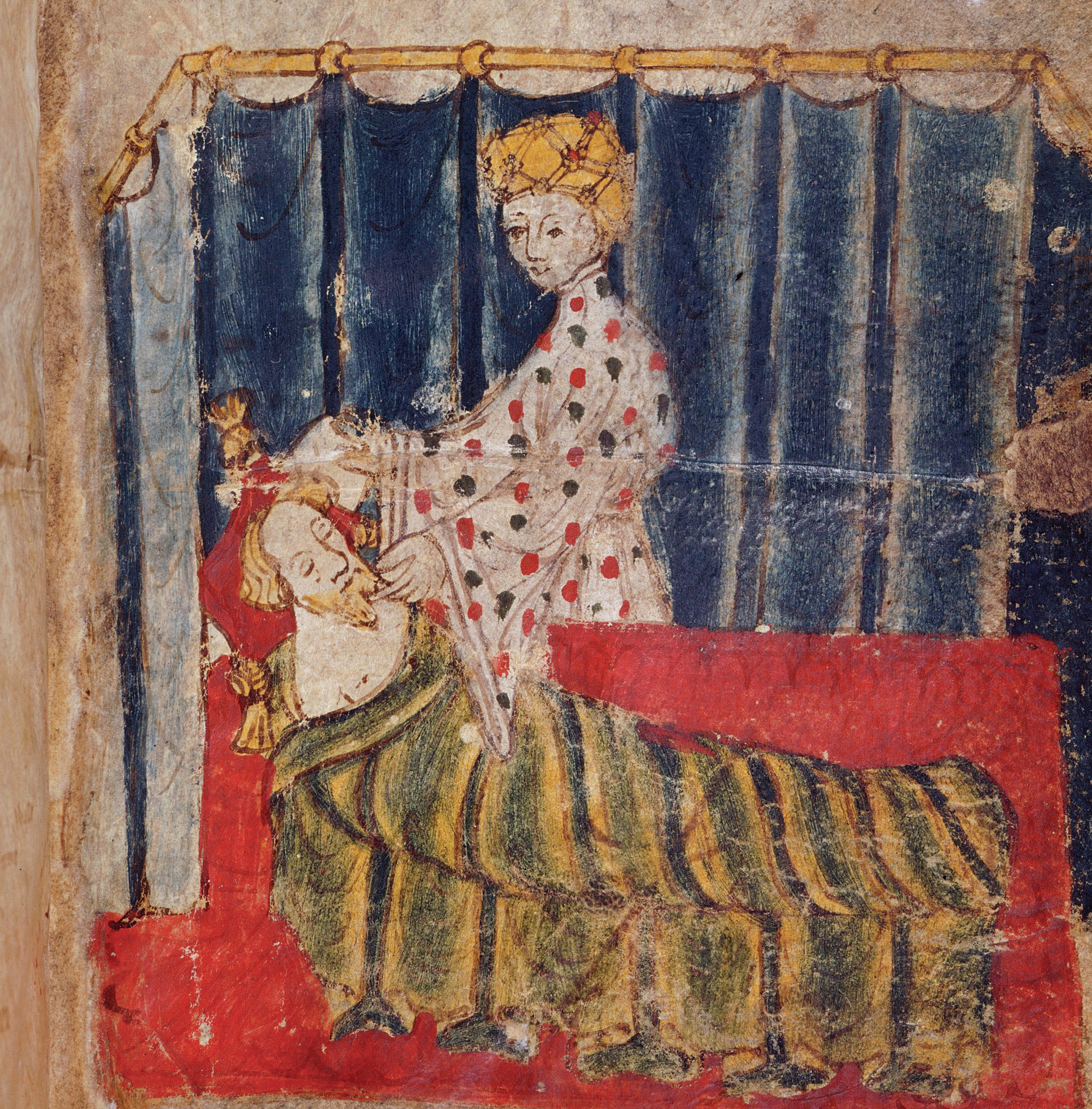
The medieval world presented in Sir Gawain and the Green Knight seems, at first, entirely different from our own. The tale centres around the bizarre challenge set out by the mysterious Green Knight: he claims that he will receive a stroke on the neck with an axe from anyone brave enough to face the same in return once a year has passed. The poem contains elements which may be unfamiliar to modern readers, such as a chivalric quest, a courtly seduction, and even a severed head which talks! However, by understanding the role of the most perplexing character, the Green Knight, the poem’s numerous and interlinked meanings can be explored. Once the text’s many layers are revealed, the poem speaks to us clearly despite its 600-year distance, living as we also do within a morally ambiguous culture, a society in flux. Simon Armitage’s translation of the poem stays in touch with the past, but never shies away from using up-to-date vocabulary, making it an easily accessible, humorous, and invigorating read.
The identity of the Green Knight probably puzzled the first medieval audience of the poem just as much as it does the modern reader. In fact, his purpose is the driving force of the narrative and the main source of suspense in the minds of the listeners and Gawain himself. We are supposed to be puzzled by this mysterious character, and the poem invites us, with Sir Gawain as our representative in the narrative, to discover who the Green Knight really is.
Your organisation does not have access to this article.
Sign up today to give your students the edge they need to achieve their best grades with subject expertise
Subscribe




